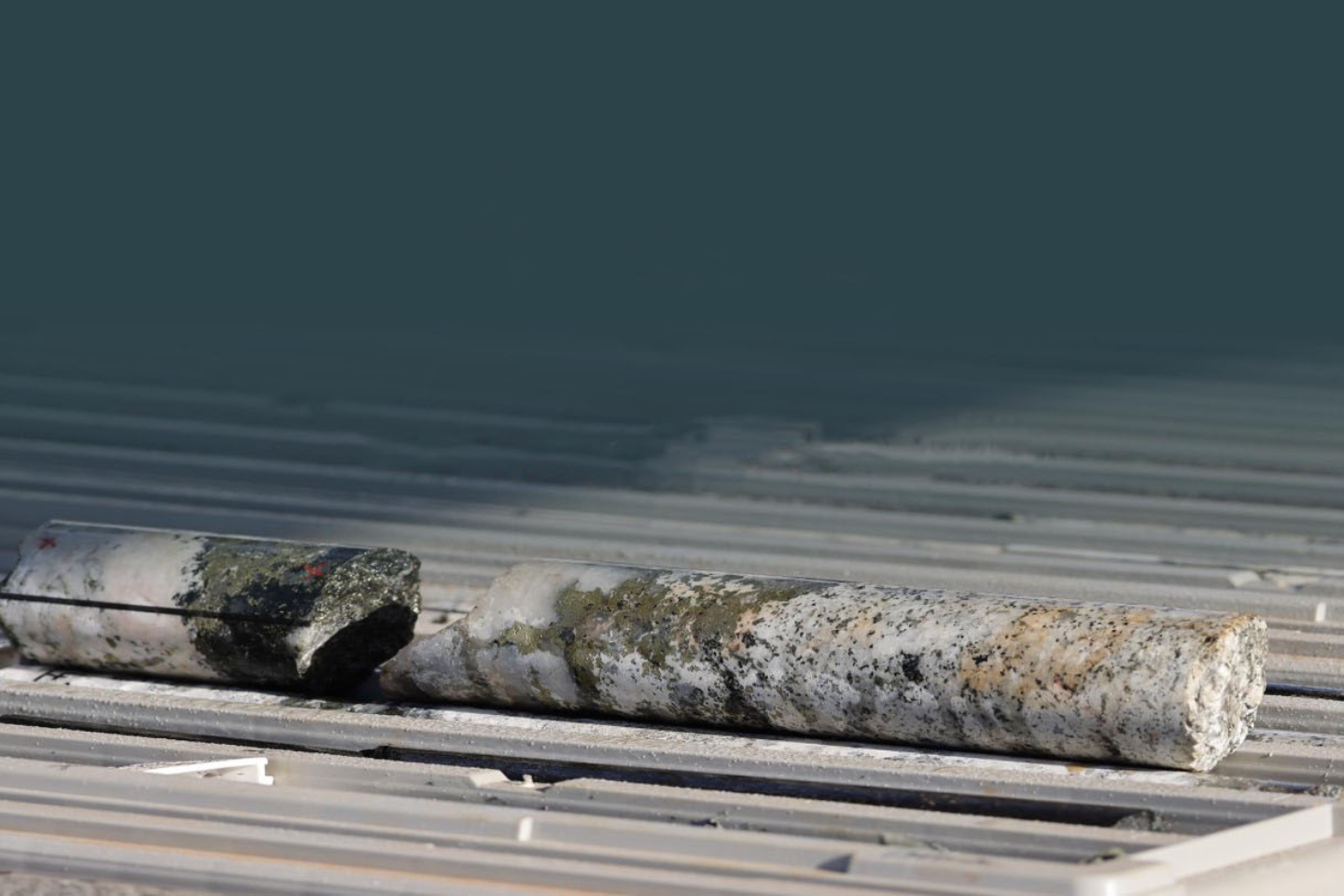Gutsy copper-gold extensions have emerged at Queensland’s Greater Duchess joint venture project – held by DiscovEx Resources and Carnaby Resources – following a new, seven-hole diamond drilling campaign. The JV says results associated with an “intensely strong” downhole EM conductor at its Chalcus lode were highlighted by an 87m hit going 2.3 per cent copper and 0.5g/t gold from 550m.

Gutsy copper-gold extensions have emerged at Queensland’s Greater Duchess joint venture project – held by DiscovEx Resources and Carnaby Resources – following a new, seven-hole diamond drilling campaign.
The JV says results associated with an “intensely-strong” downhole electromagnetic (EM) conductor at its Chalcus lode were highlighted by an 87m hit going 2.3 per cent copper and 0.5 grams per tonne gold from 550m. The project includes the “Southern Hub” tenements where DiscovEx holds a 17.5 per cent free-carried interest in 12 mineral exploration permits.
One hole in the latest campaign was run to a 1036m downhole depth and included the star 87m intercept, in addition to a 0.8m slice going 2.4 per cent copper and 2.2g/t gold from 682.7m. The best copper intercept in the same hole comprises three contiguous 1m intervals, with copper grades up to 7.1 per cent and averaging 6.4 per cent from 577m depth. Accompanying gold values average 1.87g/t.
The hole bores through a strong downhole EM conductor and is the only one drilled in the untested area of the Chalcus lode.
A second hole nearby yielded 29.8m at 2.5 per cent copper and 0.2g/t gold from 64.2m and a 3m intercept of 1.4 per cent copper and 0.7g/t gold. The best copper grade of 3.3 per cent reported in the suite of diamond holes came in a 13m intercept in a third hole that is also running 0.5g/t gold.
Carnaby Resources managing director Rob Watkins said: “This fantastic extension of the Chalcus Lode in MHDD190W5 backed up by an intense EM conductor is highly significant as this shows that the Chalcus lode is getting bigger and is completely open laterally and at depth below the current resource boundary. In addition, the continued results from Lady Fanny and the off end of hole conductor 500m to the north highlight the potential for further extensions to the deposit.”
The company interprets the results as a lateral extension of the lode and a positive result for a potential resource increase, especially as it may represent an intersection of the Binna Burra vein lode with the Chalcus body. It is the first intercept to test the structural confluence, but management says more drilling is required to unravel the association.
Of the seven diamond holes put into the lode area, five reported intercepts with copper grades above 1.3 per cent copper.
At the Boomerang lode, the company says assays yielded an intercept of 20m running 2.1 per cent copper and 0.2g/t gold from 276m and 3m going 1.4 per cent copper and 0.7g/t gold from 107m.
At the Lady Fanny prospect, post-maiden resource drilling results continue to confirm mineralisation continuity, with two notable intercepts of 52m at 1.5 per cent copper and 0.2g/t gold from 77m, including 25m at 2.8 per cent copper and 0.4g/t gold from 77m and a second hole yielding 64m running 1 per cent copper and 0.2g/t gold from 83m, including 27m going 2 per cent copper and 0.3g/t gold from 101m.
Lady Fanny remains completely open down plunge to the north where recently-reported results yielded 23m at 3.3 per cent copper and 0.2g/t gold.
Carnaby says downhole EM has identified an off end-of-hole conductor about 100m south of and 100m below the bottom of a drillhole at Lady Fanny North, which is about 80m long and 120m down-dip. It lies at about same relative level as other continuous induced-polarisation (IP) chargeability anomalies determined previously by Carnaby along a strike distance of about 1.2km north of Lady Fanny.
Carnaby says Lady Fanny and in particular the Lady Fanny North area, represent high-priority targets for follow up drilling, which is planned to commence shortly.
Overall, the prospects together comprise a significant collection of iron oxide-copper-gold (IOCG) prospects in various stages of definition, among which there appears to be a reasonably uniform level of copper mineralisation from one prospect to the next.
The Greater Duchess project is estimated to contain a combined indicated and inferred resource of 21.8 million tonnes at a grade of 1.3 per cent copper and 0.2g/t gold for a 1.4 per cent copper equivalent, yielding 283,100 tonnes of copper and 148,200 ounces of gold for a total of 315,400 tonnes copper equivalent.
With large-scale resources already demonstrated in the combined tenement area – many of them being open-ended laterally and almost all open-ended vertically – and more potentially extensional hits being uncovered with each campaign of drilling or geophysics, it will be interesting to see what will come together in time.
Is your ASX-listed company doing something interesting? Contact: matt.birney@businessnews.com.au















